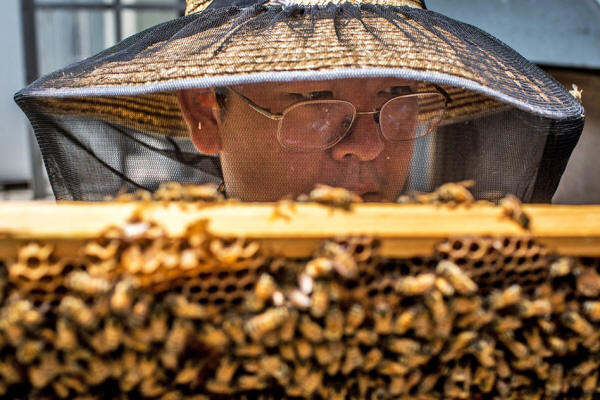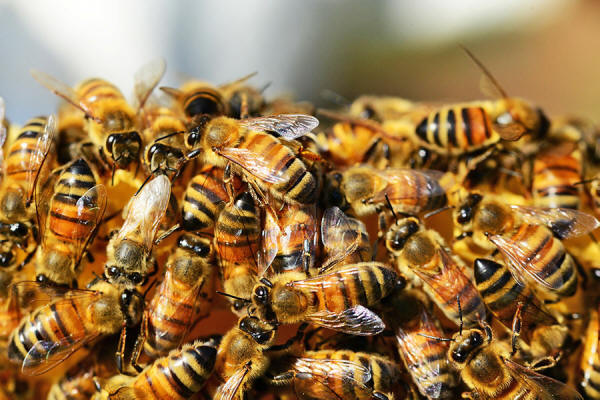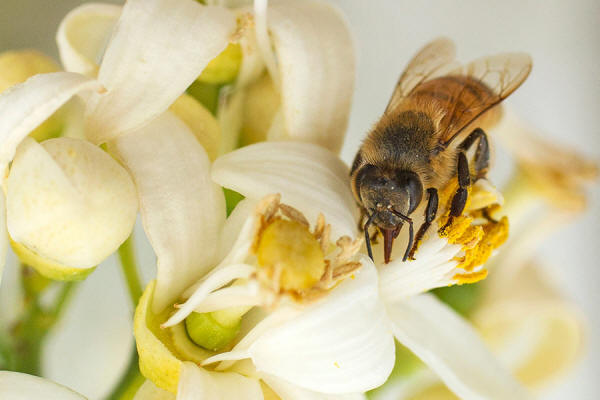|
April 05, 2018 Credit: Getty Images.
Their findings (Psychophysical Laws and the Superorganism) were published in the journal Scientific Reports.
This has implications not only for neurology and entomology, but robotics and A.I. as well.
Psychophysics is the study of how the human brain processes a stimulus through the senses and how it makes decisions based on input. This field has been around for about a couple of centuries.
Modern neuroscience has until recently eclipsed it. While the field of psychophysics has been used to better understand how the human brain operates, a few remarkable studies have applied it to other animals, to see if they're guided by the same or similar processes.
Several species from single celled amoeba and slime molds, to more complex organisms, such as fish, birds, and mammals, display behavior associated with psychophysical laws.
But until this study, these laws have only been applied to singular organisms, not superorganisms.
Andreagiovanni Reina is a collective robotics researcher in Sheffield's computer science department. He was the lead author on this study.
Reina told Newsweek,
A "superorganism," colonies of bees are so in sync they actually make decisions much like a human brain does. Credit: PollyDot, Pixababy.
It's important to note that psychophysical laws apply, not to individual neurons but the brain as a whole.
When making decisions, honey bee colonies and the human brain adhere to three different laws.
These are,
Whereas with a bee
colony, scouts return to the hive to communicate what they've found,
through a series of wiggly gyrations and dances.
Individual bees don't operate under the laws of psychophysics, but whole colonies do.
Credit: Getty Images.
Researchers observed them carefully, then took that data and applied the laws to it.
The bees sometimes had to
pick between high quality and low quality nesting sites, for
instance. At other times, they had to select between two high
quality sites.
He added,
These findings could help
us understand the brain better and may even give us a glimpse at the
biological underpinnings of psychological phenomena.
|




